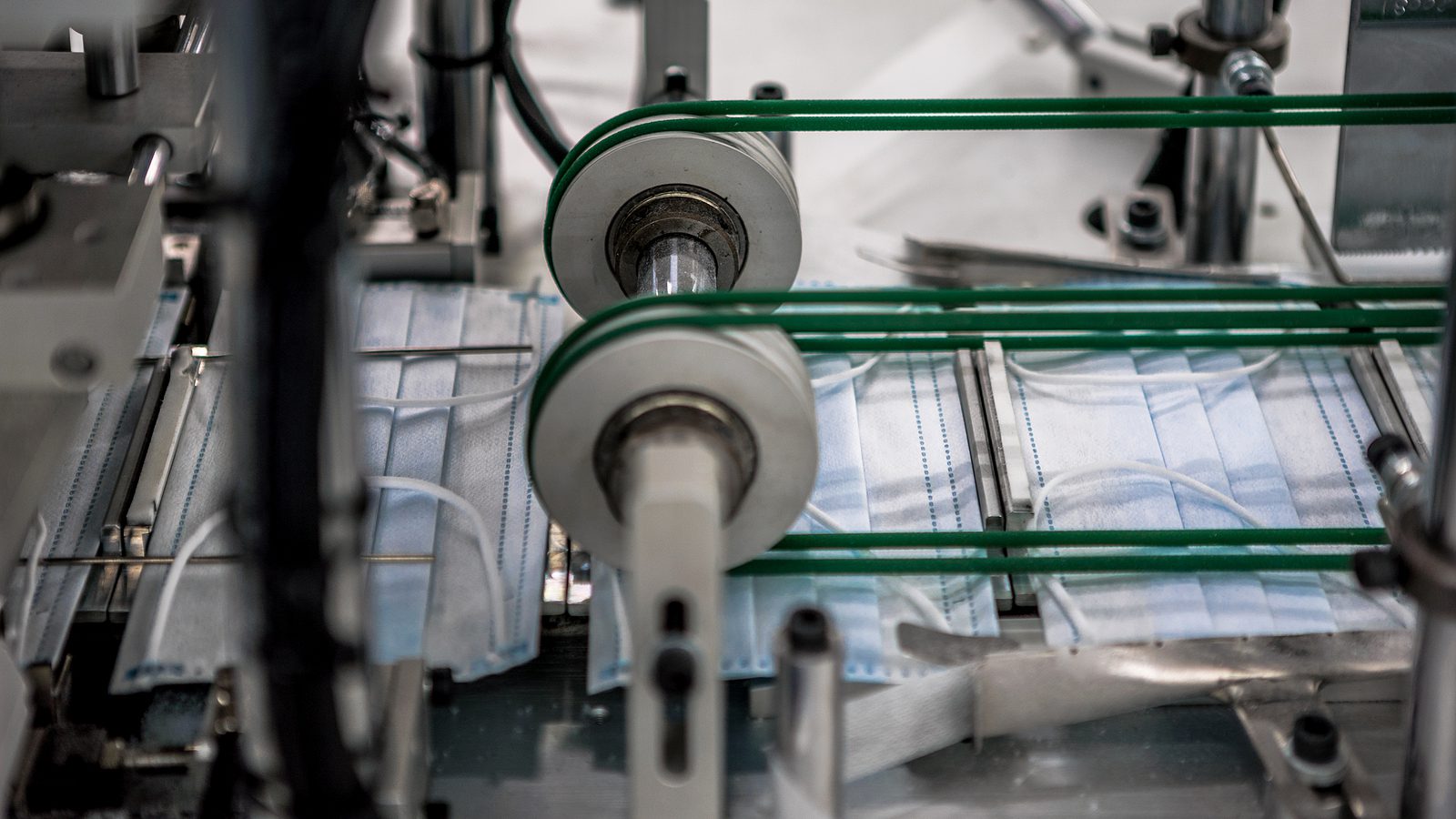By Laser 1 Technologies
Maximizing Return on Giving Back
While serving as COO at Laser1 keeps me plenty busy with day-to-day responsibilities, I read voraciously about the bigger picture of keeping a company going. Giving back is a hot topic, and it matters on so many levels.
Harvard Business Review published a very thoughtful piece on the topic by UPS Chief Financial Officer Kurt Kuehn in 2014. It really inspired me: if you’ve got the time, read it here.
In “Sustainability a CFO Can Love,” Kuehn focuses on the fact that companies want to give back to their communities and make a difference in the world, and proposes that these efforts are most effective when a company capitalizes on its strengths and expertise.
Give Smarter, Not Harder
Resources are always limited, so how should a company direct its resources for the highest return on investment? And how should it evaluate that return, when these efforts aren’t in the traditional arena of commerce?
He tells the story of UPS’s contributions after the devastating earthquake in Haiti in 2009. UPS jumped in offering one of its obvious, natural strengths: delivering food and other necessities. They’ve got the infrastructure and expertise to nail this. However, it was soon obvious that the existing hand-written index card system which tracked handouts was totally inadequate for tracking equitable distribution. A UPS manager volunteering on the ground took matters into his own hands. He developed a digital tracking system to ensure that distributions were recorded accurately. It was a simple solution, relying on an existing UPS proprietary tracking system. The resulting fair, reliable method relieved lots of stress for both relief workers and recipients.
Embrace Momentum and Harness Strengths
The example illustrates a pivotal notion: work with your strengths. When UPS hits the ground to help, its resources go farthest in the arena of distribution, whereas Home Depot will get the most mileage out of rebuilding, and Kraft should focus on food.
The point is to work in the direction where momentum exists. A simple metaphor is to row downstream instead of upstream. Another one is found in martial arts and the fundamental principle of judo. ‘The father of that discipline, Jigorō Kanō, emphasized the power of seiryoku zen’yō, or “maximum efficiency, minimum effort.” The way to achieve that in a match is to follow the movement of your opponent and strike in a way that takes advantage of his momentum rather than resisting his force,’ writes Kuehn.
Another great example in the article describes how a food bank in New Jersey recognized that 850,000 pounds of peaches were being discarded annually due to imperfections. The simple solution might be simply distributing the fruit to food bank clientele, but they had greater aspirations. They partnered with Campbell’s Soup, which donated the resources to develop a peach salsa recipe, manufacturing capacity, additional ingredients and employee labor to create Just Peachy Salsa, which generates about $100,000 a year for the Food Bank of South Jersey. Campbell’s compounded the value of their donation through this product, as did the peach farmers. Win-win!
Strategic Partnerships and Efforts
Are you looking for a way to harness your company’s resources to make a difference in the world? Spend a few minutes reading the full article for inspiration on making the most out of your efforts through strategic targeting and partnerships.




